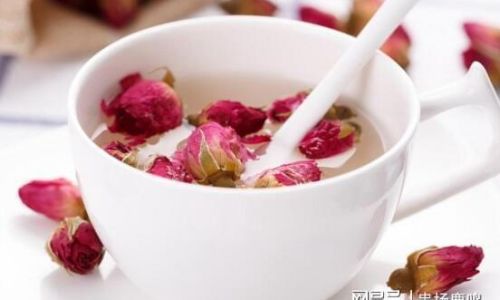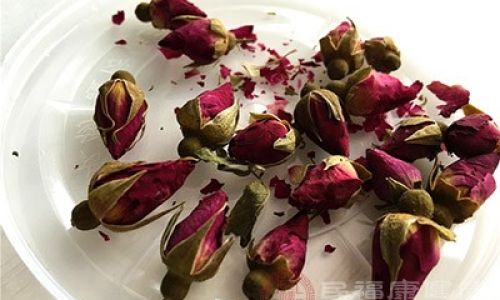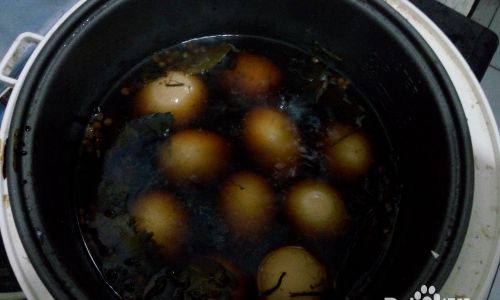Introduction
Rose tea, also known as rose hip tea or simply rose infusion, is a delightful and aromatic beverage enjoyed worldwide for its subtle floral taste, vibrant color, and numerous health benefits. Whether you’re seeking a soothing afternoon drink, a romantic evening elixir, or a natural remedy for various ailments, rose tea offers a perfect blend of beauty and wellness. But how do you brew the perfect cup of rose tea? This comprehensive guide will walk you through the entire process, from selecting the right roses to storing your finished brew, ensuring you get the most out of your rose tea experience.

Chapter 1: Understanding Rose Tea
1 What is Rose Tea?
Rose tea is an herbal infusion made from the petals of various rose species, primarily those belonging to the genus Rosa. Unlike traditional teas derived from the Camellia sinensis plant, rose tea is not oxidized or fermented, preserving its natural flavors and nutrients. The most commonly used roses for tea include the fragrant Damask rose (Rosa damascena), the versatile Hybrid tea rose, and the hardy and nutritious Rose hip (the fruit of the rose plant).
2 Health Benefits of Rose Tea
Rose tea boasts a myriad of health benefits, making it a popular choice among health-conscious individuals. Some of its notable benefits include:
- Antioxidant Properties: Rich in antioxidants like vitamins C and P, rose tea helps combat oxidative stress and inflammation.
- Hydration: Being a natural diuretic, it aids in proper hydration and flushing out toxins.
- Stress Relief: The soothing aroma and taste of rose tea can help reduce stress and anxiety, promoting relaxation.
- Digestive Health: It has mild laxative properties that can ease digestion and alleviate constipation.
- Skin Care: Regular consumption can improve skin health, reducing inflammation and promoting a healthy glow.
- Menstrual Comfort: Rose tea is often recommended for alleviating menstrual discomfort and cramps.
Chapter 2: Selecting the Right Roses for Tea
1 Types of Roses
When choosing roses for tea, consider the type of rose, its fragrance, and whether you prefer using fresh or dried petals.
- Damask Rose (Rosa damascena): Known for its rich, sweet fragrance, Damask roses are often used in perfumes and teas. Their petals are perfect for making a delicate and aromatic tea.
- Hybrid Tea Roses: These roses are a cross between various species, offering a wide range of colors, shapes, and fragrances. They can be used for tea but may have a less intense aroma compared to Damask roses.
- Rose Hips: The fruits of the rose plant, rose hips, are high in vitamins and antioxidants, making them an excellent choice for a nutritious tea.
2 Fresh vs. Dried Petals
Both fresh and dried rose petals can be used to make tea, but each has its unique characteristics:
- Fresh Petals: Fresh petals offer the purest, most intense flavor and aroma. They should be used immediately after picking to retain their freshness.
- Dried Petals: Dried petals are more convenient to store and use, and their flavor intensifies over time. Ensure they are dried properly to avoid mold and maintain quality.
3 Sourcing Roses
When sourcing roses for tea, consider organic or pesticide-free options to avoid harmful chemicals. You can either grow your own roses, purchase them from a trusted local farmer, or find high-quality dried petals online.
Chapter 3: Preparing Your Roses for Tea
1 Harvesting Fresh Petals
If you’re harvesting fresh petals, choose roses that are fully bloomed but still vibrant in color. Avoid petals that are wilting, have spots, or show signs of pest infestation. Harvest early in the morning when the dew is still on the petals to capture their maximum freshness.
2 Cleaning the Petals
Gently rinse the petals under cold running water to remove any dirt, dust, or pests. Pat them dry with a clean cloth or let them air-dry on a paper towel. Avoid using heat to dry them, as it can alter their flavor and aroma.
3 Drying the Petals (if using dried petals)
If you prefer dried petals, spread clean, fresh petals on a baking sheet lined with parchment paper. Place the sheet in a well-ventilated area away from direct sunlight. Alternatively, you can use a food dehydrator set to a low temperature. Drying can take several days to a week, depending on the humidity and temperature. Once fully dried, store the petals in an airtight container in a cool, dark place.
Chapter 4: Brewing Rose Tea
1 Basic Brewing Instructions
Brewing rose tea is a straightforward process, but there are a few tips to ensure you get the best results:

2 Equipment Needed
- Teapot or Kettle: A teapot with an infuser or a kettle with a strainer is ideal.
- Tea Strainer: If your teapot doesn’t have an infuser, use a fine-mesh tea strainer.
- Measuring Spoons: For precise measurement of petals and any additional ingredients.
- Tea Cups: Choose cups that retain heat well and enhance the tea’s aroma.
- Water: Use fresh, cold water for the best flavor.
3 Step-by-Step Brewing Process
-
Boil Water: Bring fresh, cold water to a boil. For rose tea, use water that’s just off the boil to avoid scorching the delicate petals.
-
Measure Petals: For a standard 8-ounce cup of tea, use about 1-2 teaspoons of dried rose petals or 3-4 teaspoons of fresh petals. Adjust the amount based on your preferred strength.
-
Infuse the Petals: Place the measured petals in your teapot or infuser. Pour the hot water over the petals, filling the teapot or cup to the desired level. Allow the tea to steep for 5-7 minutes. The longer you steep, the stronger and more intense the flavor will be.
-
Strain the Tea: Once the tea has steeped to your liking, remove the petals using the infuser or strain them out. Pour the tea into your cup, and enjoy immediately.
4 Adding Flavor and Enhancements
Rose tea is versatile and can be enhanced with various ingredients to suit your taste preferences:
- Honey or Sugar: Add a touch of sweetness to balance the floral flavor.
- Lemon or Lime: A slice of lemon or lime can brighten the tea and enhance its aroma.
- Herbs and Spices: Consider adding a few sprigs of fresh mint, a cinnamon stick, or a pinch of cardamom for added complexity.
- Milk or Cream: While traditional with black or green teas, some prefer adding a splash of milk or cream to their rose tea for a creamy texture.
Chapter 5: Serving and Enjoying Rose Tea
1 Serving Tips
- Presentation: Serve rose tea in elegant, transparent glasses or porcelain cups to showcase its beautiful color. Garnish with a few fresh rose petals or a sprig of mint for an added touch of elegance.
- Temperature: Rose tea is best served warm but can also be enjoyed iced. For iced tea, simply pour the hot tea over ice cubes and allow it to chill before serving.
2 Pairing Rose Tea
Rose tea pairs well with a variety of foods and occasions:
- Desserts: Its floral sweetness complements pastries, cakes, and cookies.
- Salads and Light Meals: The delicate flavor enhances the taste of fresh salads, light pasta dishes, and grilled vegetables.
- Spa Days and Relaxation: A cup of rose tea is perfect for unwinding after a long day or during a spa session.
Chapter 6: Storing Rose Tea
1 Storing Fresh Petals
If you have an abundance of fresh petals, you can store them in the refrigerator for a few days in an airtight container lined with paper towels to absorb excess moisture. For longer storage, freeze the petals in single-layer portions on a baking sheet before transferring them to a freezer bag.
2 Storing Dried Petals
Dried rose petals can be stored in an airtight container in a cool, dark place for several months. Ensure the container is properly sealed to prevent moisture and air from degrading the petals.
3 Storing Brewed Tea
Brewed rose tea should be consumed immediately to enjoy its fresh flavor and aroma. If you need to store it, pour it into an airtight container and refrigerate for no more than 24 hours. Reheat gently before serving to avoid scorching.
Conclusion
Brewing the perfect cup of rose tea is an art that combines precision, patience, and a love for the subtle beauty of nature. By following the steps outlined in this guide, you’ll be able to create a tea that not only tastes delightful but also offers a myriad of health benefits. Whether you’re enjoying it alone





0 comments